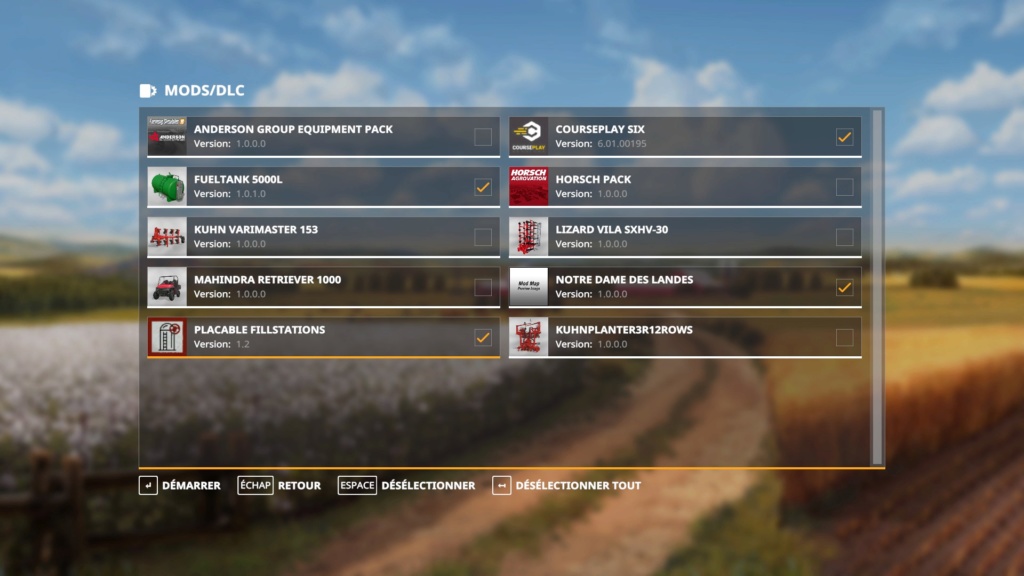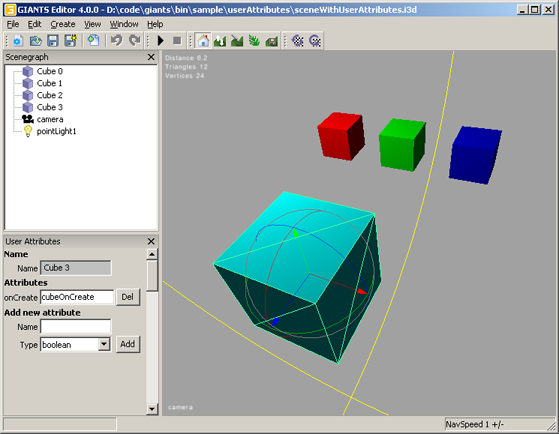

The deformed strata are consistent with most of the well-known criteria of typical seismites. A detailed analysis of facies relationships, combined with consistent orientations of SSDSs and the regional tectonics of the target area suggests earthquakes as the triggering mechanism for sediment deformation and large-scale mass failure. Both extensional and contractional forces appear to have been involved in development of these structures. The dimensions of the SSDSs range from a few centimeters to several decimeters. The SSDS include: 1) water-escape structures, 2) minor recumbent, chevron, and slump folds, 3) syn-sedimentary minor faults, 4) neptunian dykes, 5) regular ball-and-pillow structures, flattened pseudo-nodules, and load casts, 6) syn-sedimentary undulations, 7) fractures and joints, 8) sand injectites, and 9) autoclastic breccia and brecciated siderite clasts. Here, we document recognition of a set of SSDSs characterized by complex morphology and large size. Upper Cretaceous tidal-flat sediments of the Abu Tartur region, Western Desert of Egypt, contain a variety of soft-sediment deformation structures (SSDSs) in the Mut Member of the Quseir Formation and the overlying Duwi Formation.

Understanding how seismicity deforms near-surface sediments is critical for predicting and preparing for modern seismic hazards, especially along the East African Rift and other tectonically active, developing regions. The database of seismogenic sedimentary structures, and attests to large magnitude, Late Pleistocene-Recent earthquakes along the Western Branch of the East African Rift System. This includes a remarkable, clastic ‘megablock complex’ that preserves remobilized sediment below vertically displaced blocks of intact strata (megablocks), some in excess of 20 m-wide. We document examples of the most highly deformed sediments in shallow, subsurface strata close to the regional capital of Mbeya, Tanzania. Here we report on extensive seismites in the Late Quaternary-Recent (� ~ 28,000 years BP) alluvial and lacustrine strata of the Rukwa Rift Basin, a segment of the Western Branch of the East African Rift System. In lieu of comprehensive instrumental seismic monitoring, short historical records, and limited fault trench investigations for many seismically active areas, the sedimentary record provides important archives of seismicity in the form of preserved horizons of soft-sediment deformation features, termed seismites.


 0 kommentar(er)
0 kommentar(er)
